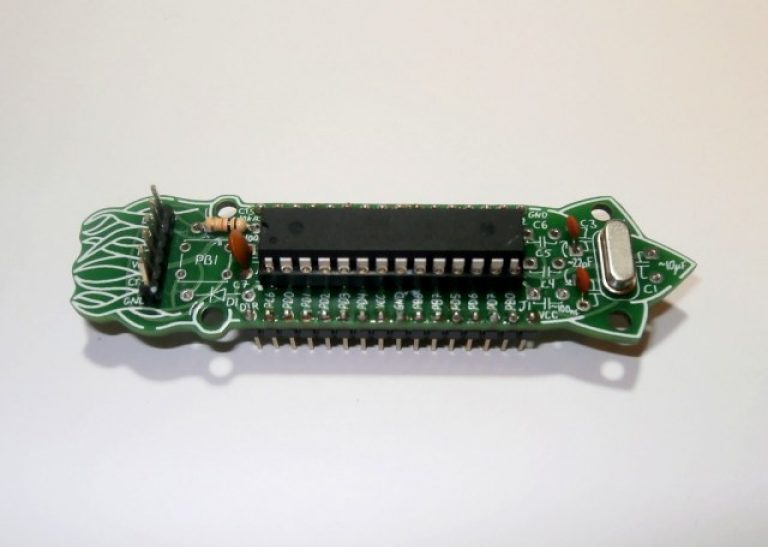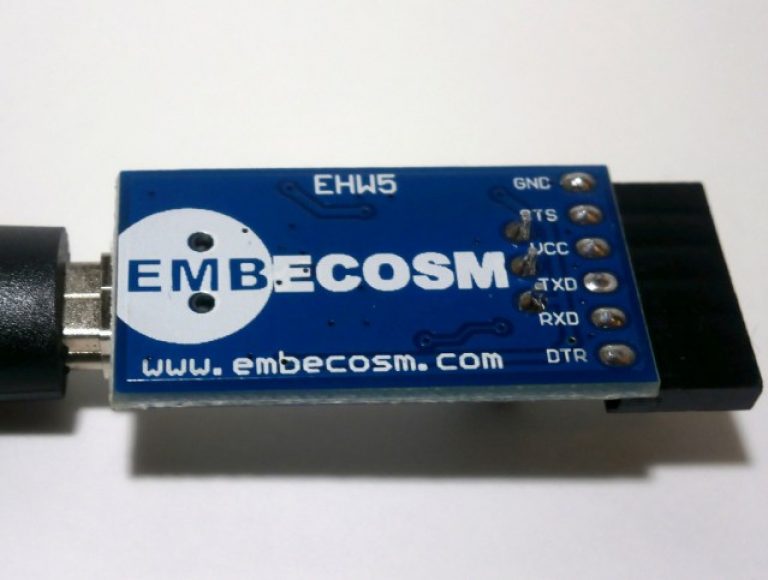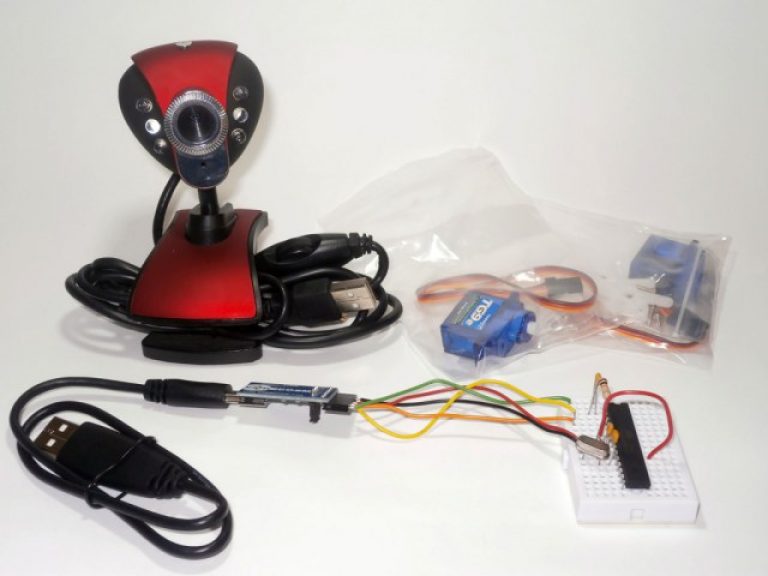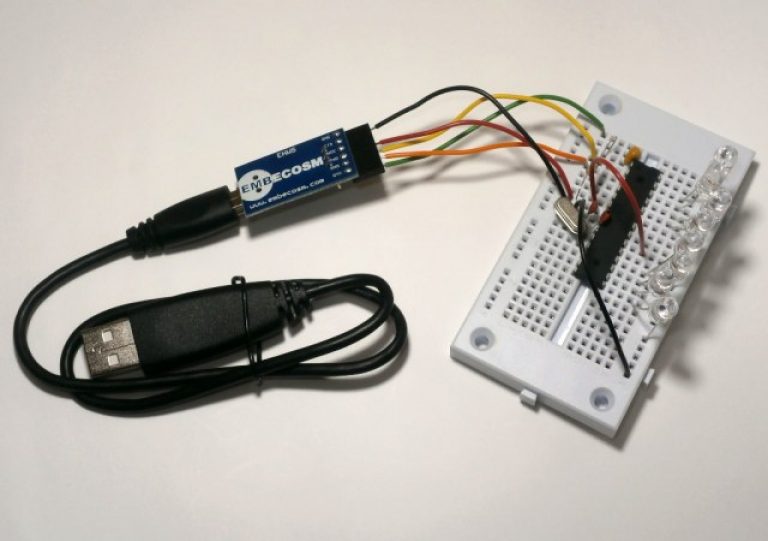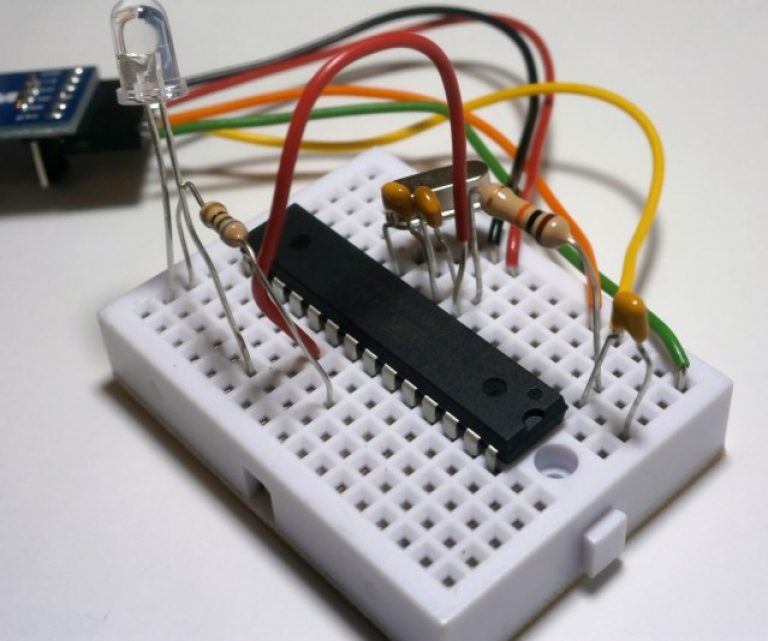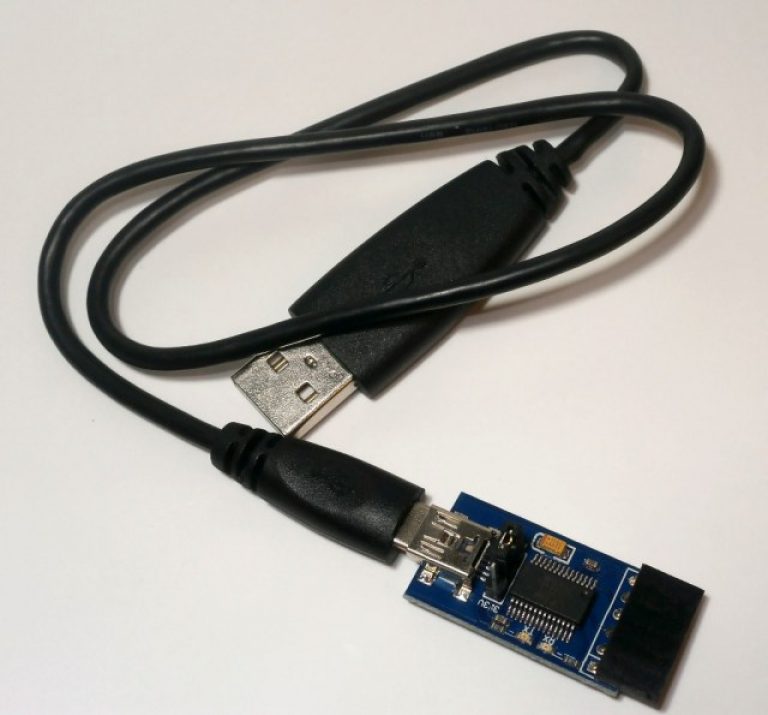Embecosm occasionally provides boards and kits as engineering aids and in support of events that aim to stimulate interest in computer science.
EHW7. MAGEEC WAND
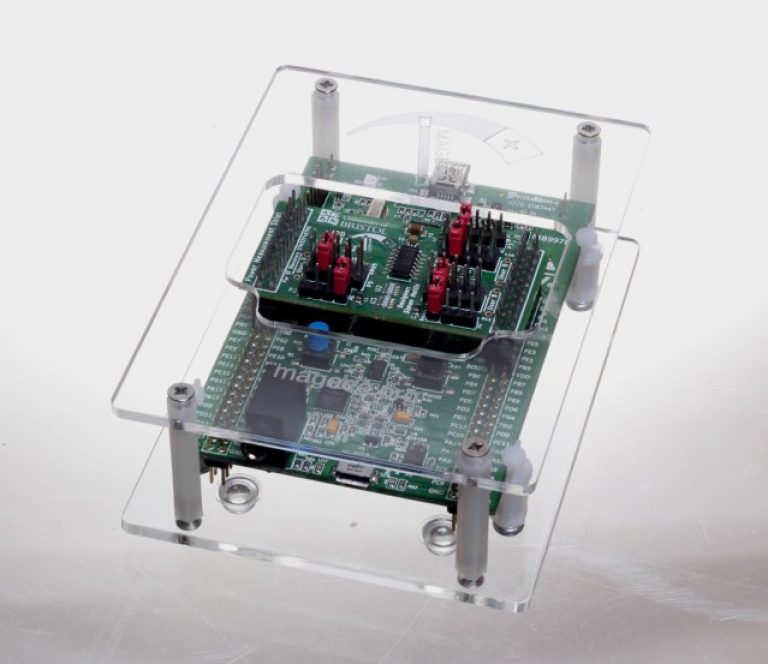
The WAND energy measurement platform was developed as part of MAGEEC, an 18 month research project which Emebcosm lead in collaboration with Bristol University, to create a generic compiler framework which combines machine learning with accurate energy measurement, in order to select the most energy-efficient compilation options.
This low cost solution is capable of measuring energy consumption at 3 independent points and with simultaneous measurement of those targets at 2,000,000 samples/second. For more information see the FOSDEM 2014 workshop guide.
A limited number of WAND kits are being made available at cost, with pre-orders in late 2014 and the remainder being sold via Ground Electronics from February 2015. The energy measurement shield is an open hardware design and the KiCAD and manufacturing files can be found on GitHub.
